In pictures: Heathrow airport
- Published
Following a three-year review, the Airports Commission has backed a third Heathrow runway, saying it will add £147bn in economic growth and 70,000 jobs by 2050.
Here we share some images of the airport, whose expansion began after World War Two.
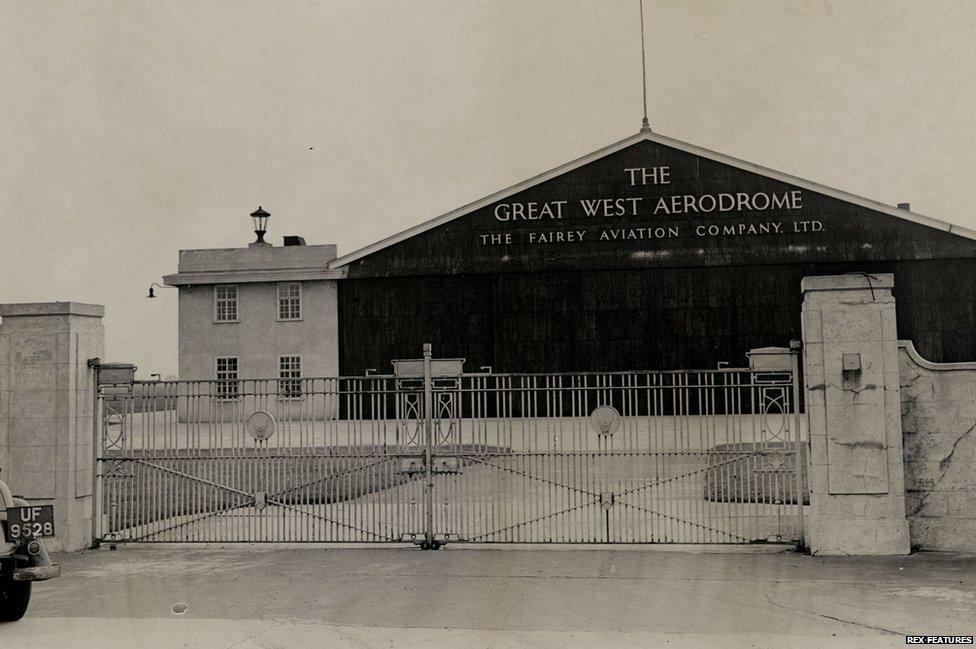
An airfield was established on the site we now know as Heathrow Airport in 1929, but it was not until well into World War Two that development to increase its capability to handle larger transport aircraft began.
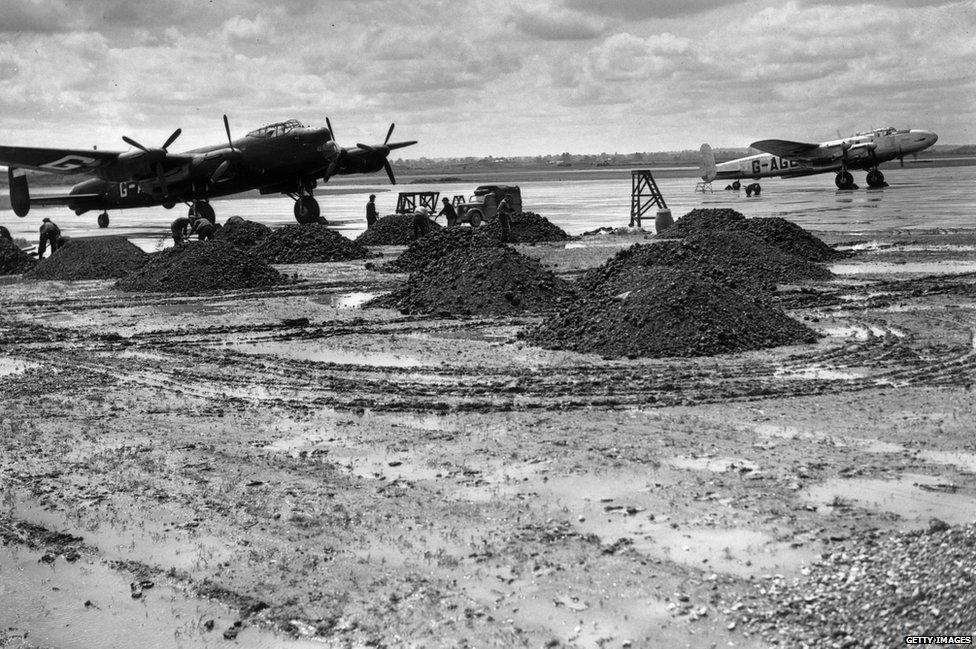
By the end of the conflict, the government continued to develop the site for civil aviation. This picture of a wet runway was taken a week before it became Britain's main aerial gateway to the United States in 1946.
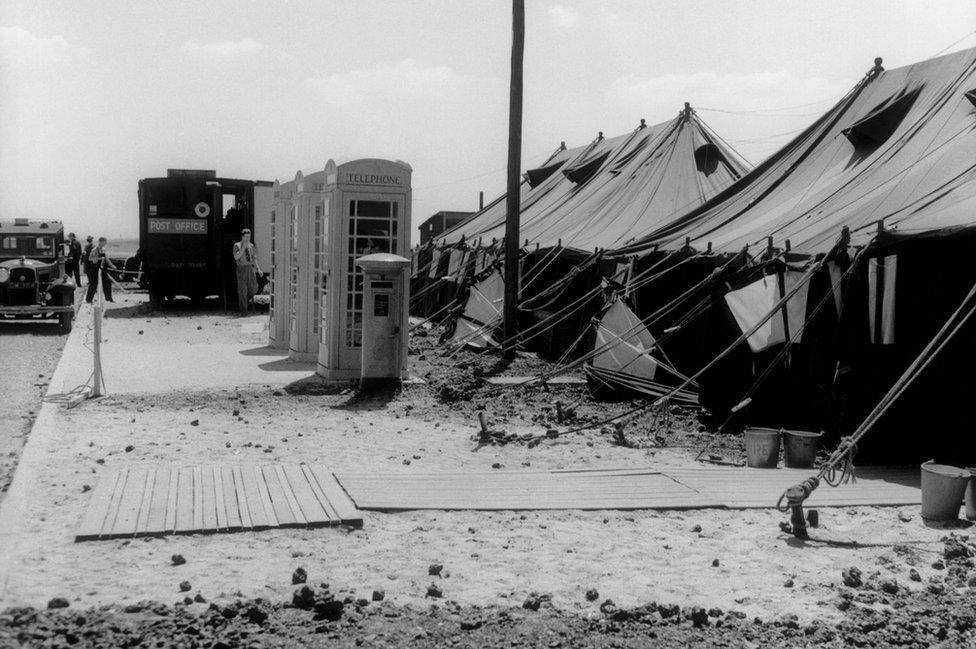
The arrival and departure lounges at London Airport, (later to be renamed Heathrow) were brown, ex-military marquees, though the telephone and postbox mean it couldn't be mistaken for anywhere else except the UK.
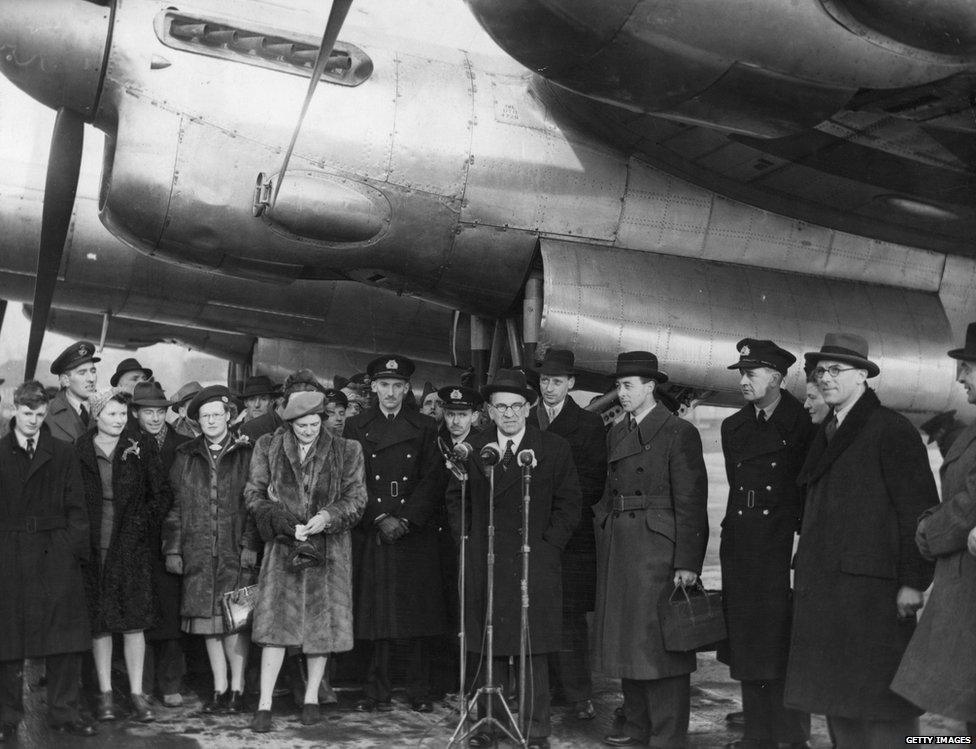
Lord Winster, Minister of Civil Aviation, was on hand in 1946 to mark the airport's handover from military to civil control. This was marked by the flight of the Lancastrian airliner Starlight (in background) to South America.
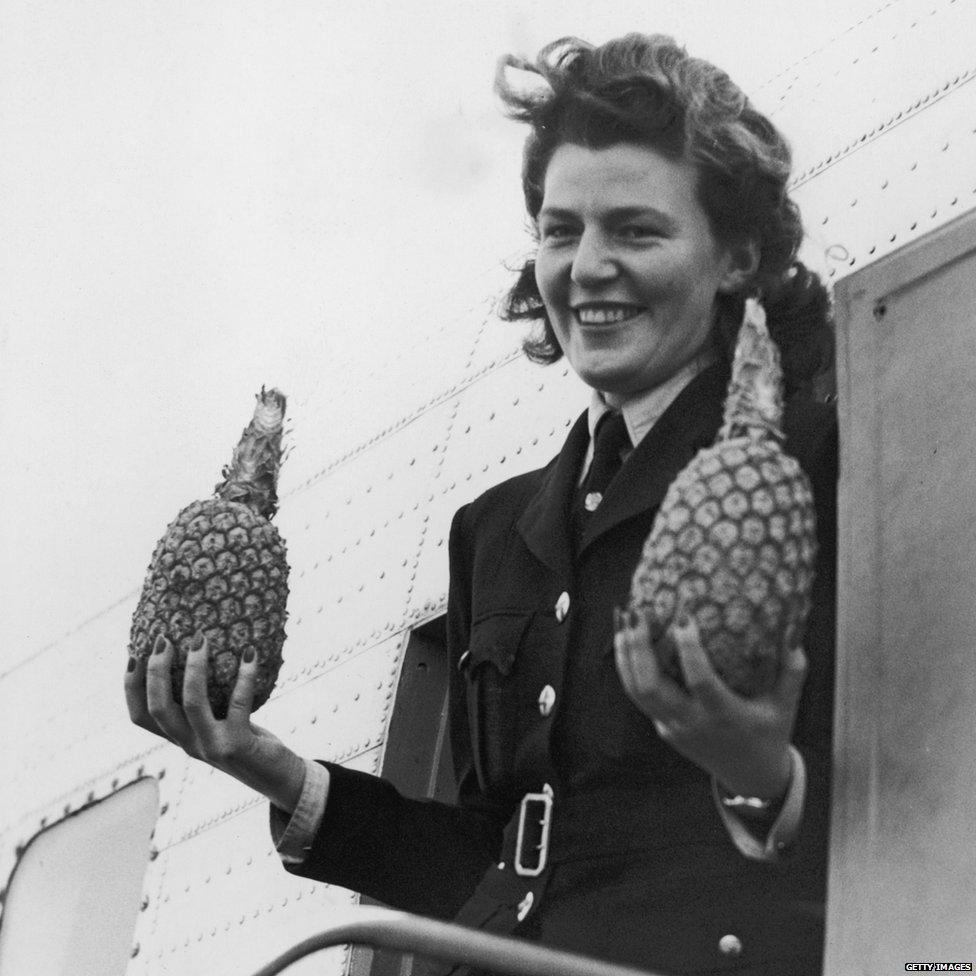
Aboard that flight was British South American Airways hostess Mary Guthrie, who returned with a pair of pineapples.
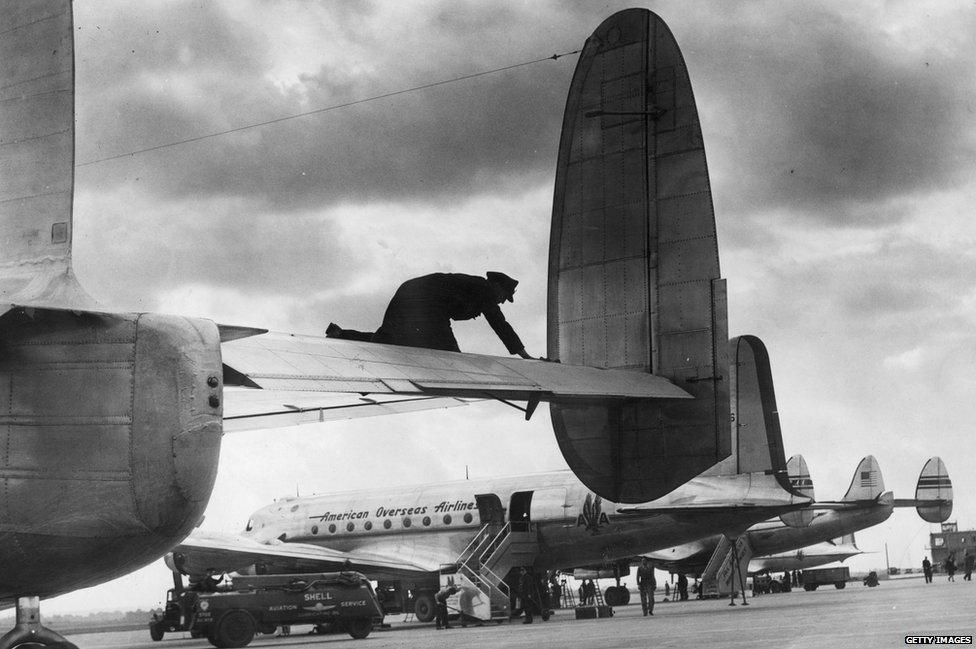
In the foreground is a York aircraft bound for South Africa, and behind it American airliners being refuelled for their return journey to the United States. The caption for this 1946 picture states that this scene depicts one of the world's busiest airports, something that is as true today as it was then. Last year was the airport's busiest, with planes carrying 73.4 million passengers.
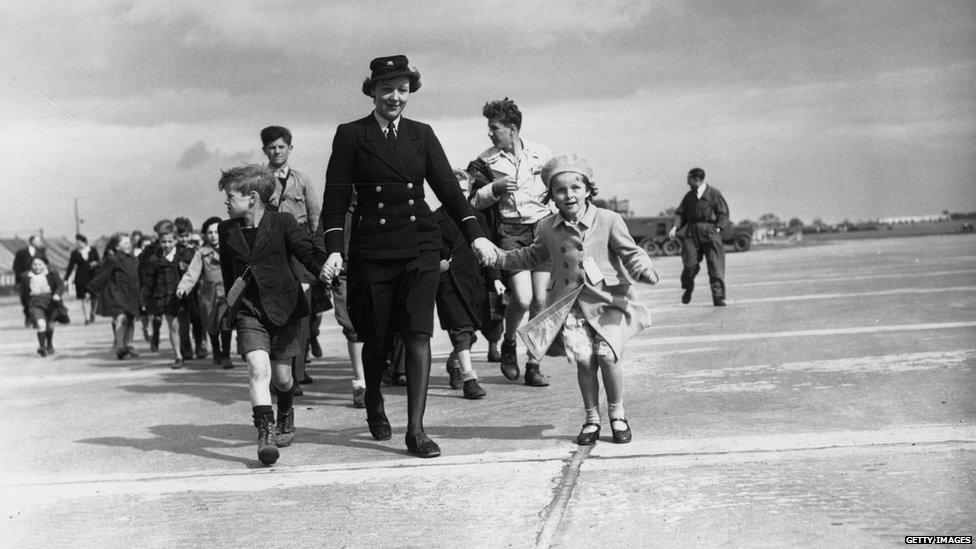
A year on from the end of WW2, London Airport traffic clerk Doreen Haines walked French children along the runway to catch their plane home.
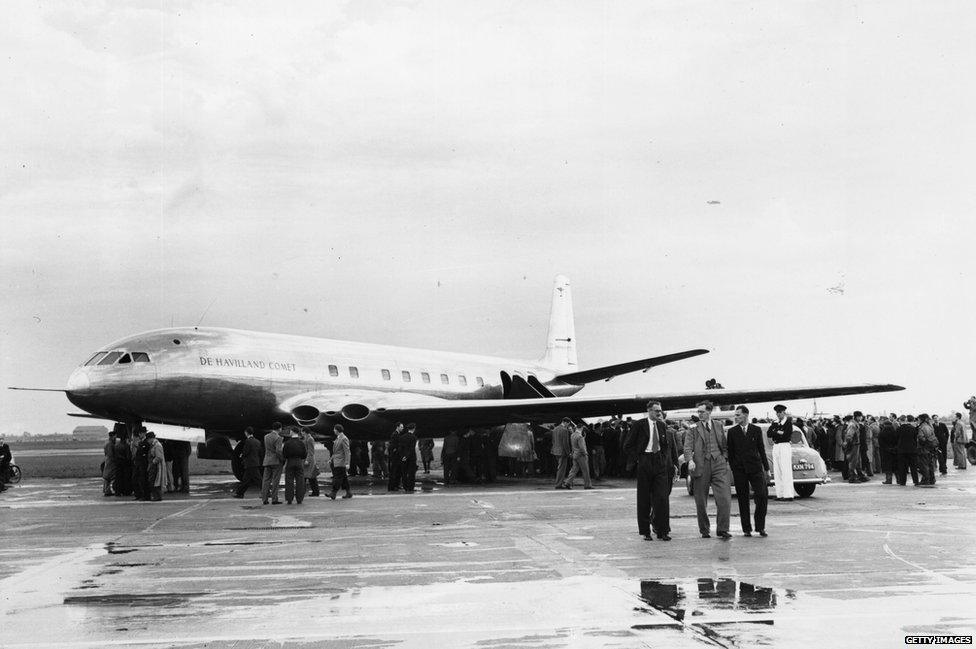
The jet age was just beginning when this de Havilland Comet 34-seater made the round trip to north Africa in 6 hours and 37 minutes in 1949.

This image showed how the airport would look upon completion of the second stage of development in 1951.
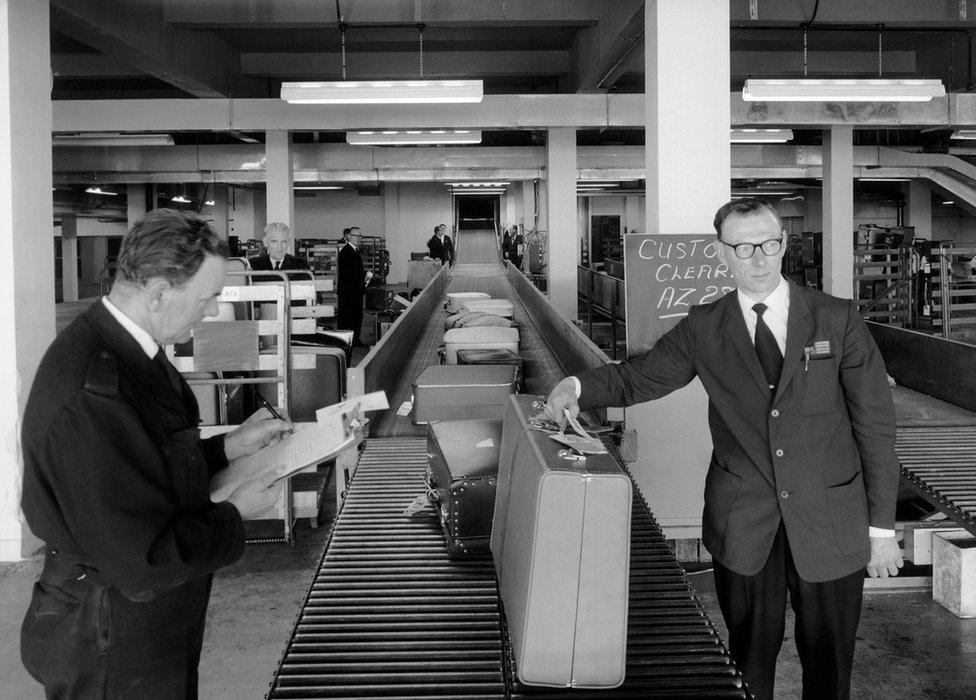
By the 1950s the airport was far removed from its days as a wartime airfield, with modern baggage sorting areas...
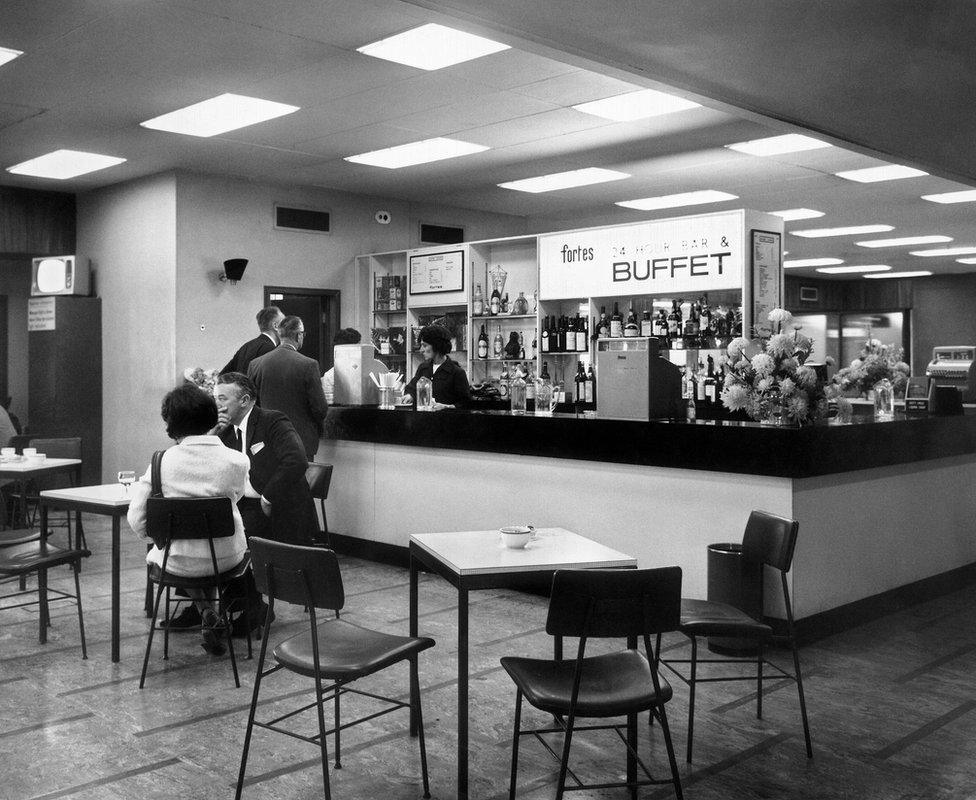
And buffets, this one being in the Europa Building that was later renamed Terminal 2.
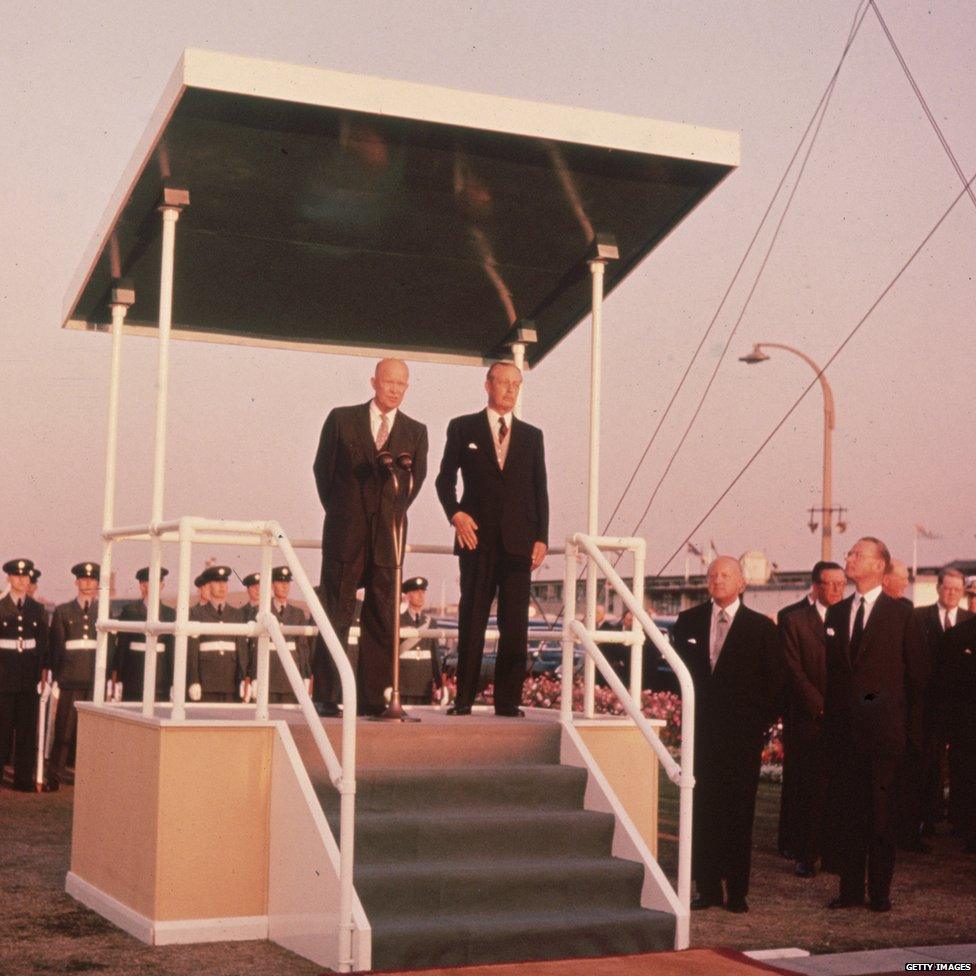
Dignitaries and film stars were often pictured at the airport. Here Britain's Prime Minister Harold Macmillan greets US President Dwight Eisenhower in 1959.
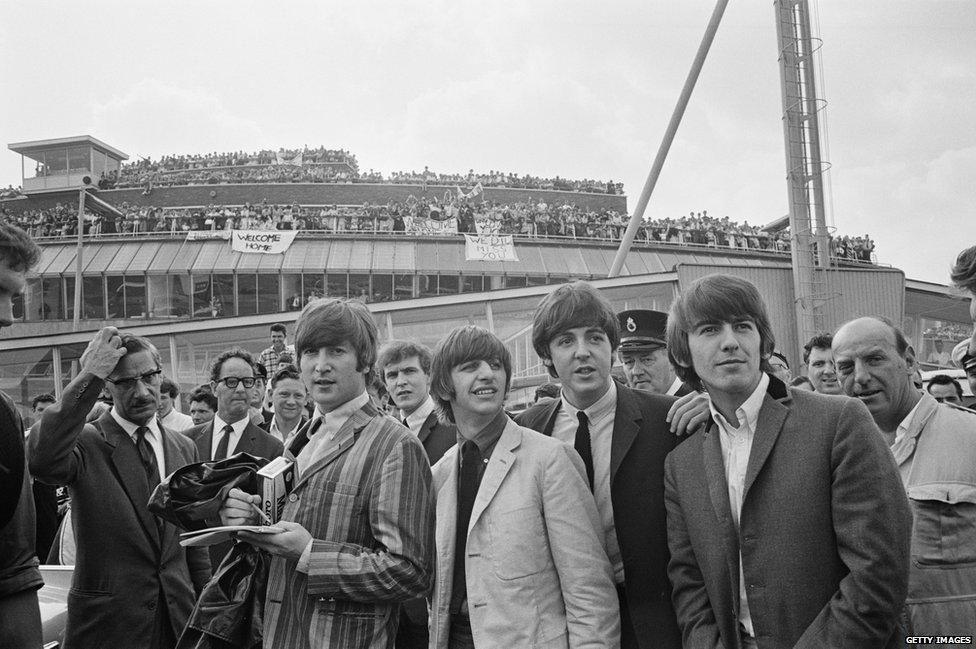
And The Beatles drew a large crowd on their return from Sweden in 1964.
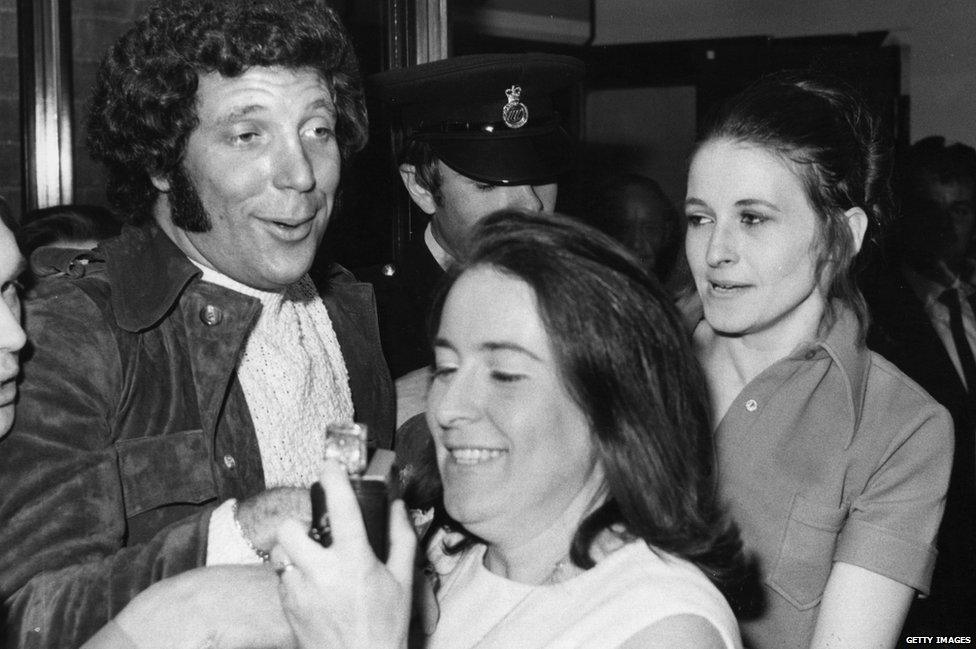
Singer Tom Jones was hemmed in by fans in 1970.
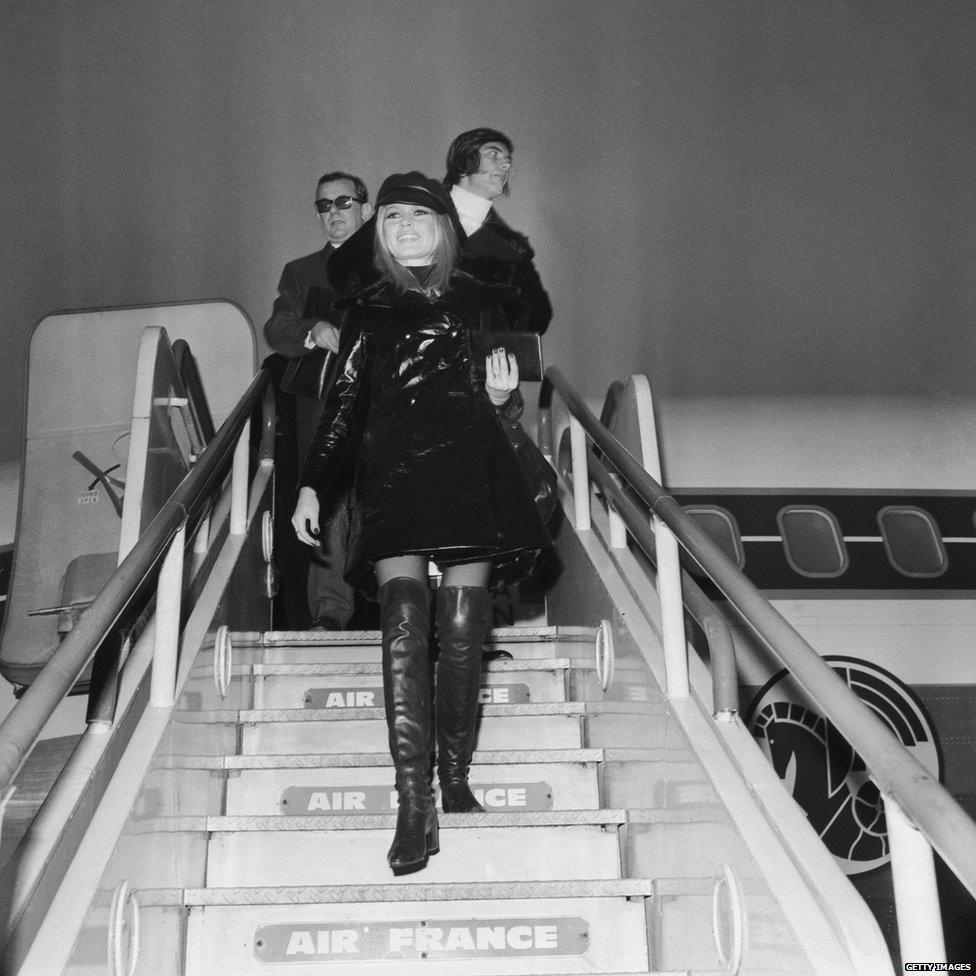
French actress Brigitte Bardot made a more dignified entrance as she flew into London to attend the premiere of her latest film Shalako.
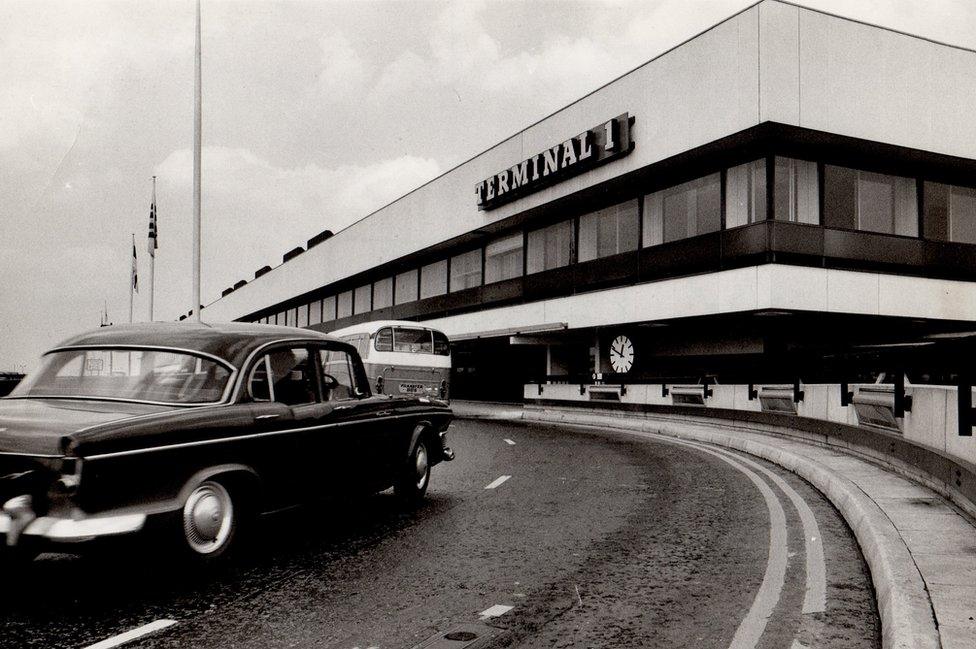
Heathrow Terminal 1 was opened by Queen Elizabeth II in April 1969, at the time the largest airport terminal in Europe
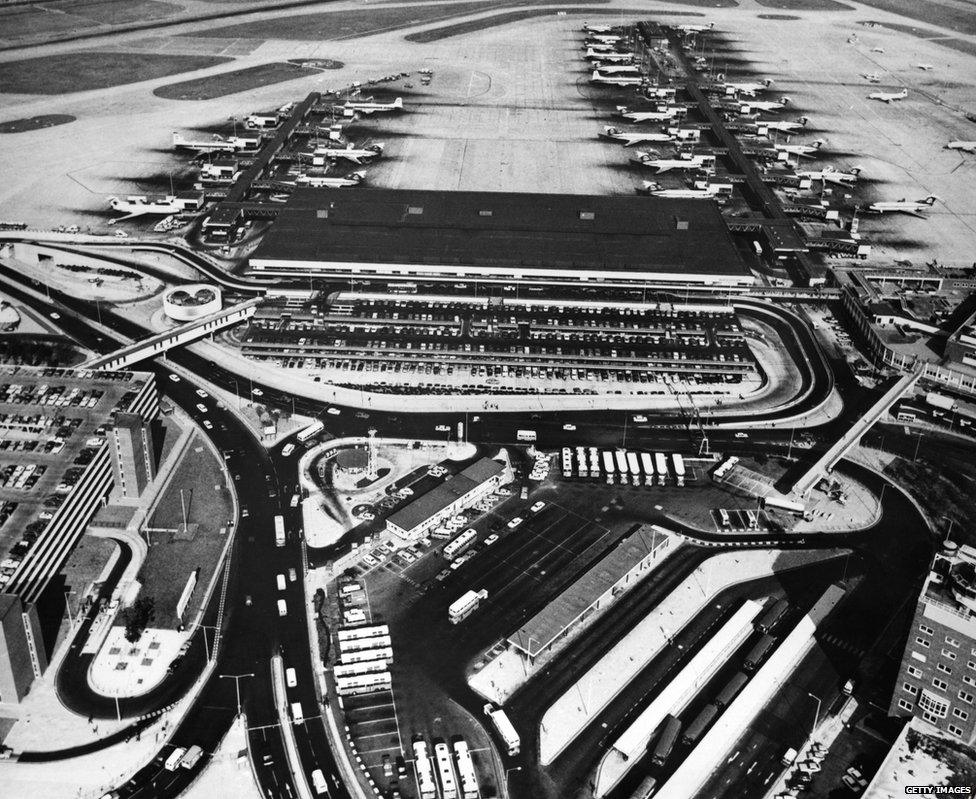
Like all major airports the smooth flow of passengers to and from the site is essential. This aerial photograph shows the car park and bus station in the 1970s.
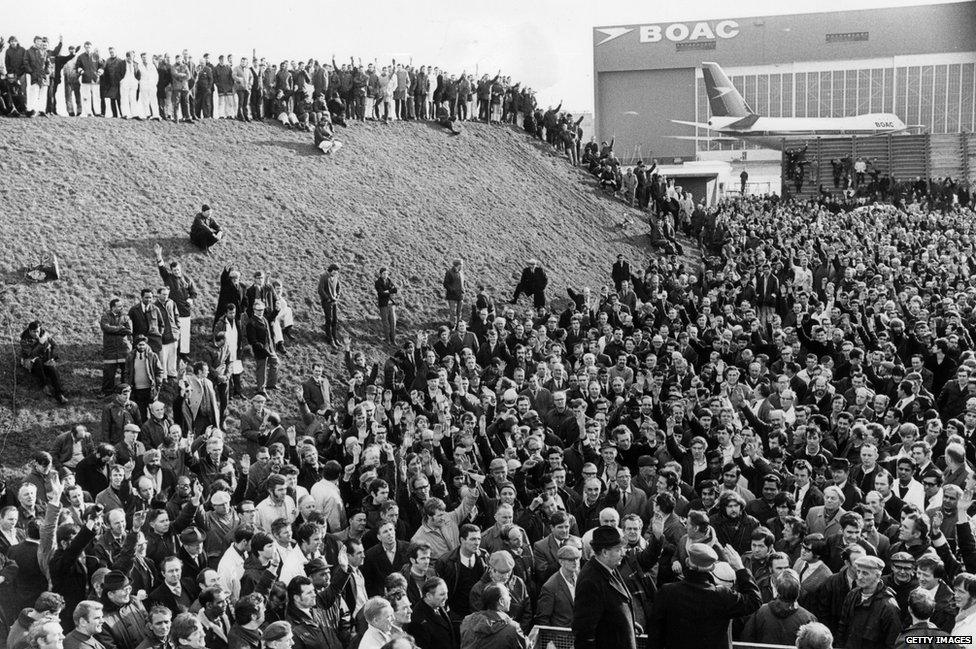
Here some of the 4,000 British Overseas Airways Corporation (BOAC) maintenance staff at Heathrow met to vote on strike action in 1971.
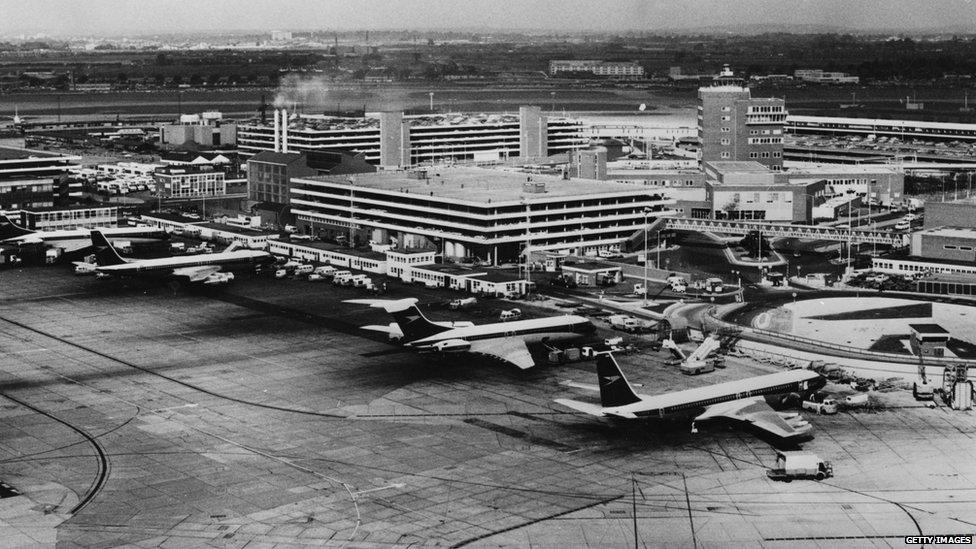
BOAC aircraft stand alongside the terminal in 1972. Two years later the company was dissolved along with British European Airways (BEA) and the resulting merger formed British Airways.

The airport was home to British Airways' Concorde, used here as a backdrop for a publicity photograph by the Avis car rental company who were showing off their fleet of new Rover cars.
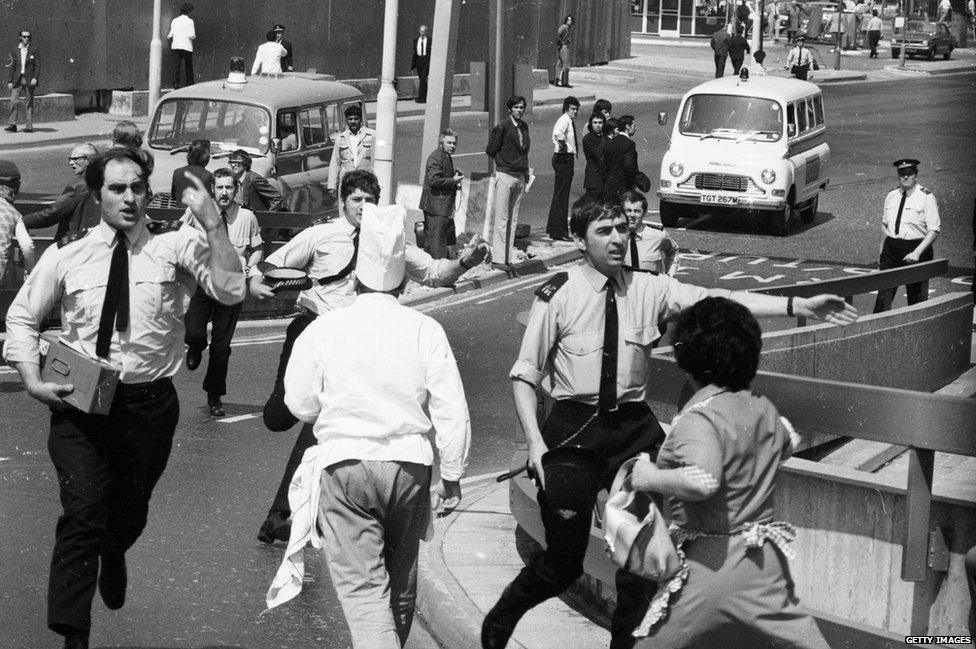
A car bomb alert in 1974 saw members of staff and police rushing to and from the scene.

It was that year that the government introduced the Policing of Airports Act, and the deployment of the Army to the airport during a large anti-terrorist alert.

Following its maiden flight in 1969, it was not until 1975 that the first public passenger flight of Concorde took place.
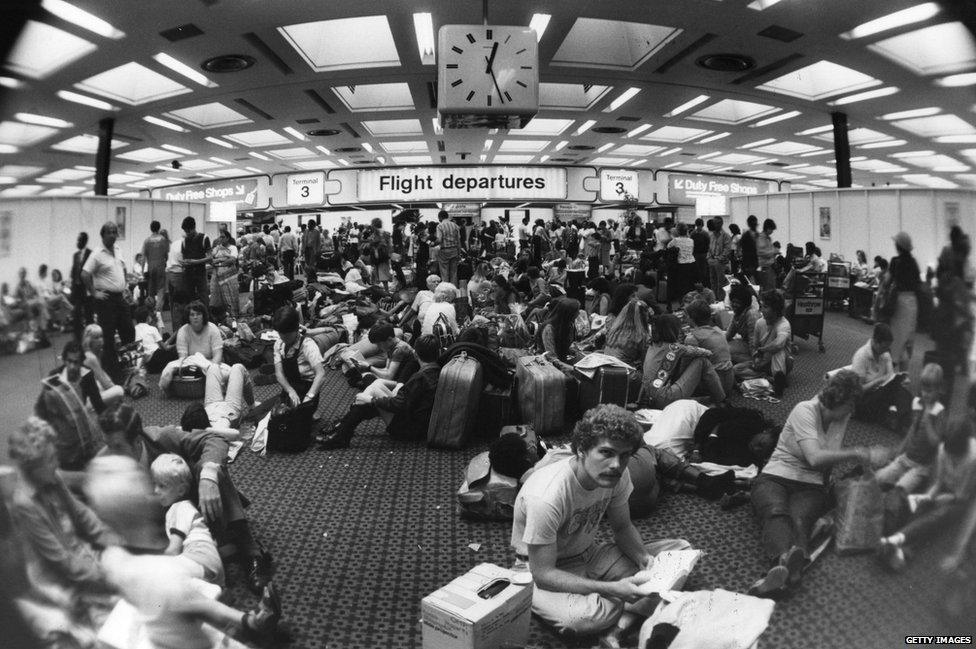
Bad weather, industrial action or technical fault - whatever the reason, delayed departures lead to crowded departure lounges. Here passengers are seen in Terminal 3 during delays caused by industrial action taken by Canadian air traffic controllers.
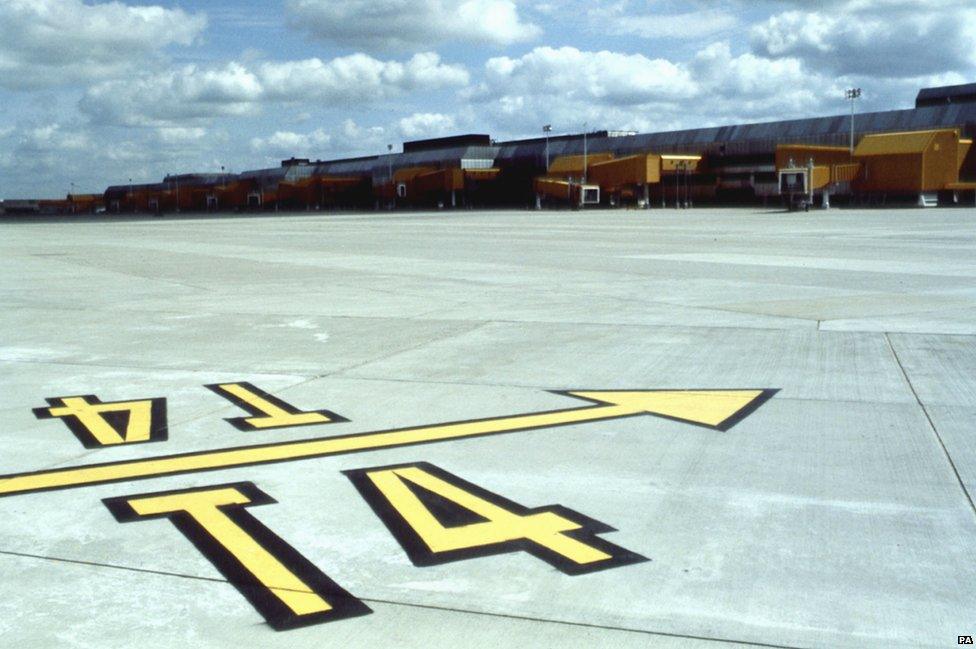
Terminal 4 was opened by the Prince and Princess of Wales on 1 April 1986.
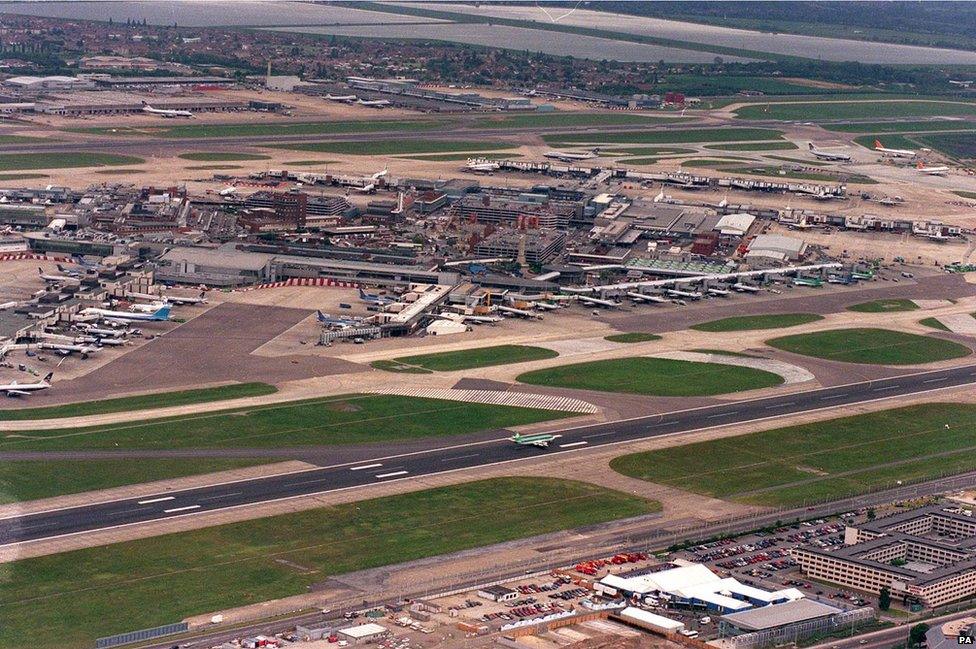
This aerial photograph from 2001 shows the two runways that operate on the site.
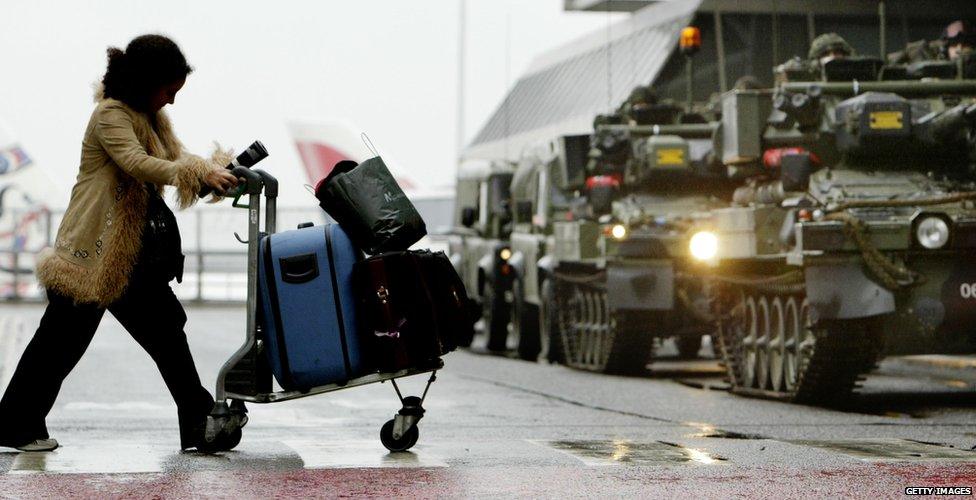
Armoured personnel carriers were back at Heathrow in February 2003 after the UK was put on heightened alert after intelligence sources suggested that a terrorist attack could be more likely.
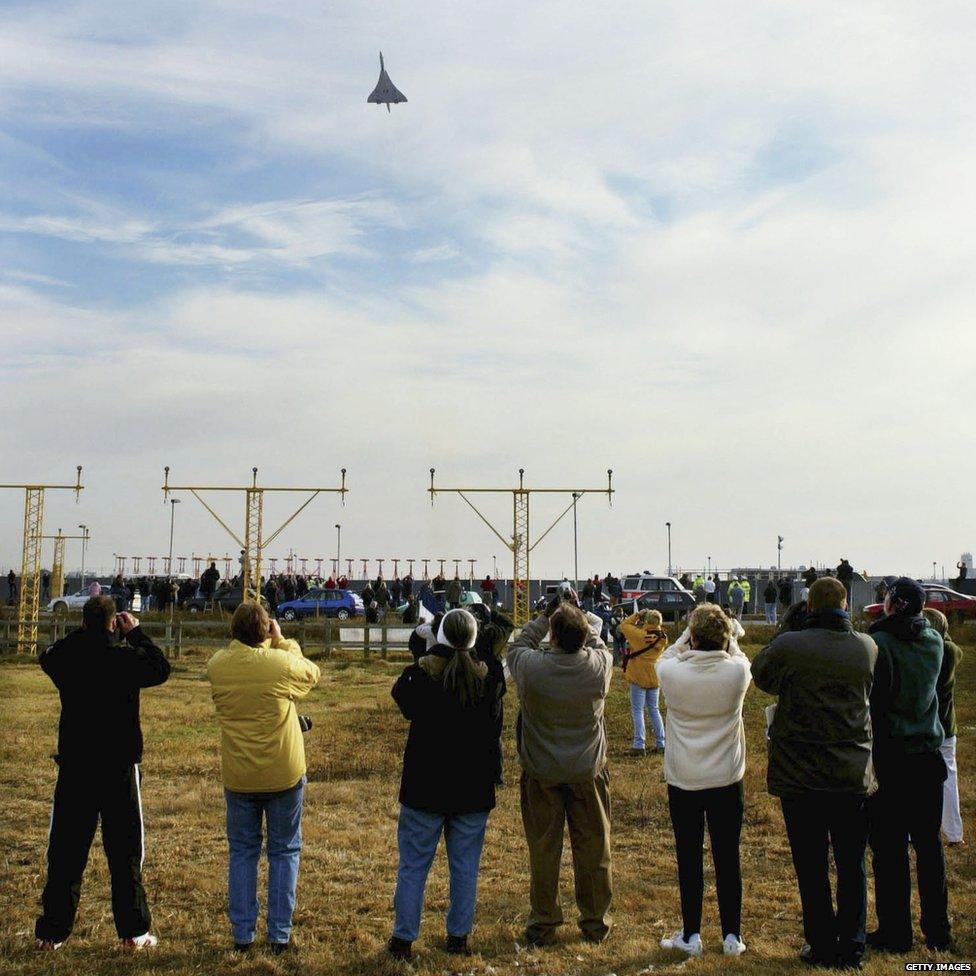
In 2003 people gathered to record the last flight of Concorde.
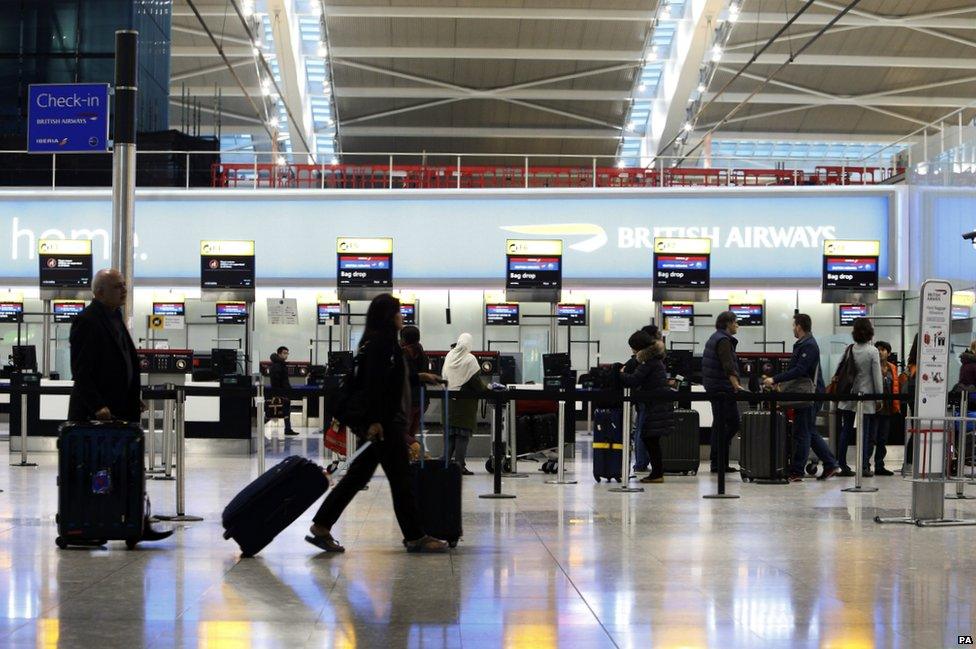
Another terminal was added, Terminal 5, in 2008 at a cost of more than £4bn.
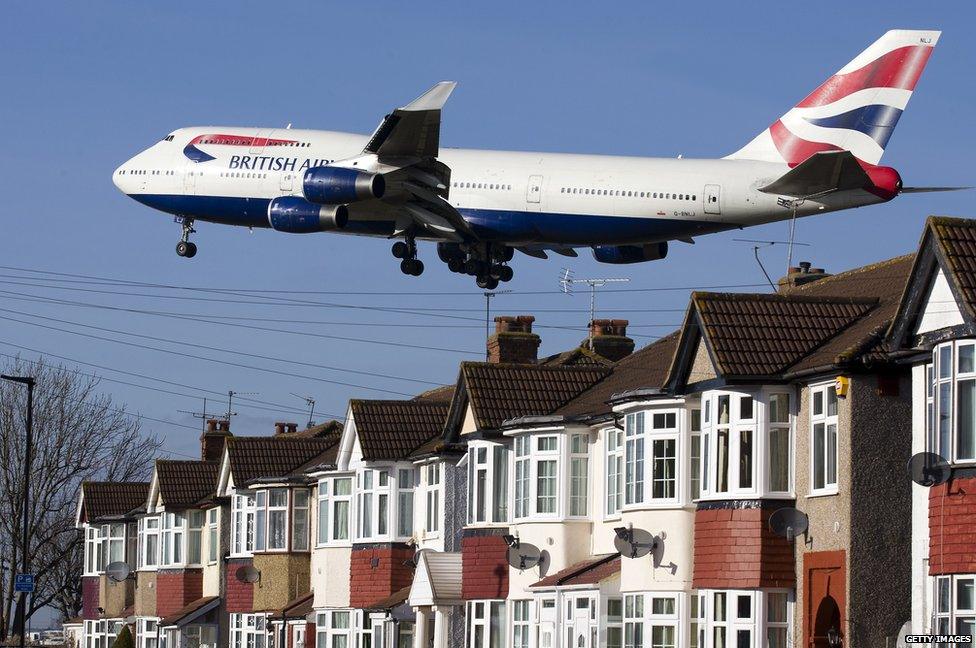
The government has said that it will give its official response to the commission in the autumn and it is estimated that, if given the go-ahead, any new runway would take more than a decade to build.